

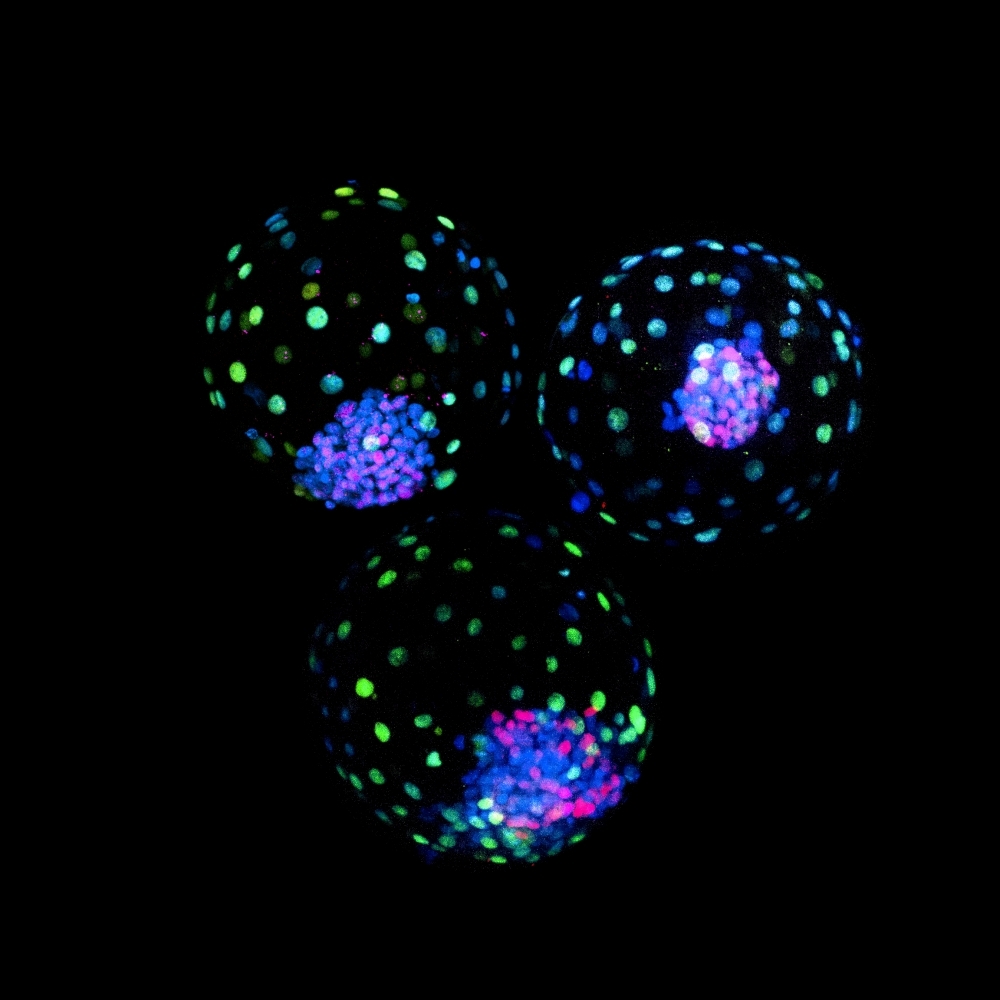
The results pave the way for breeding of cattle with selected traits. Preliminary work findings for human embryo models recently published by international groups could contribute to the understanding of congenital defects and early pregnancy loss.
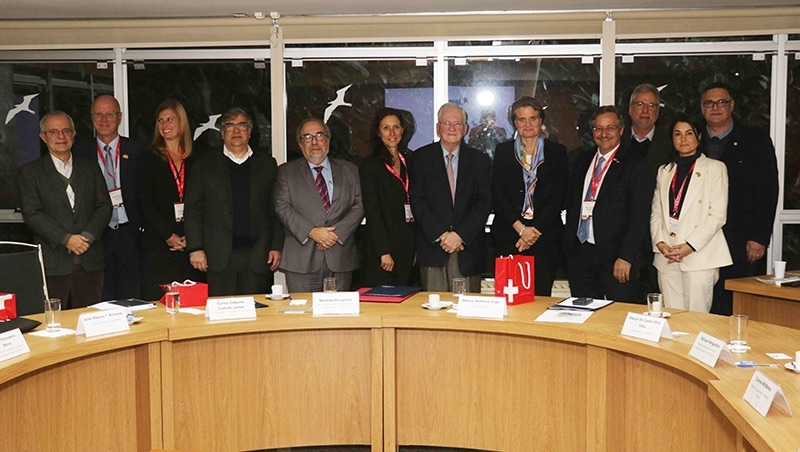
Similar programs and FAPESP’s pragmatism arouse interest in intensifying collaboration and joint calls for proposals involving research centers in Switzerland and São Paulo.
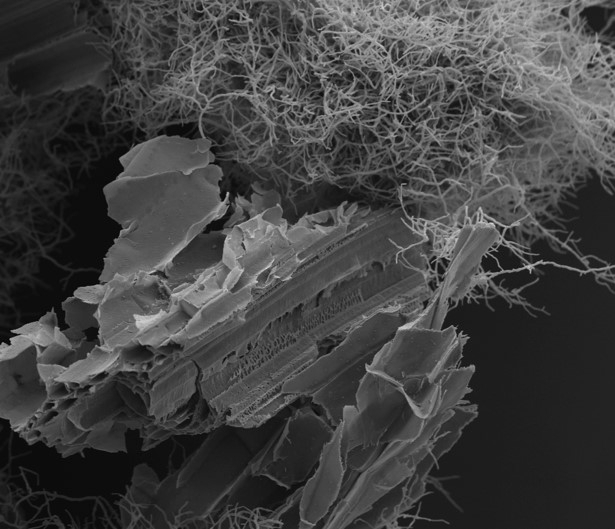
Scientists at Brazilian Center for Research in Energy and Materials (CNPEM) investigated enzymes produced by two species of fungus used to break down sugarcane bagasse for production of second-generation ethanol. The goal of the project is to increase the efficiency of this process, which currently depends on imported feedstocks.
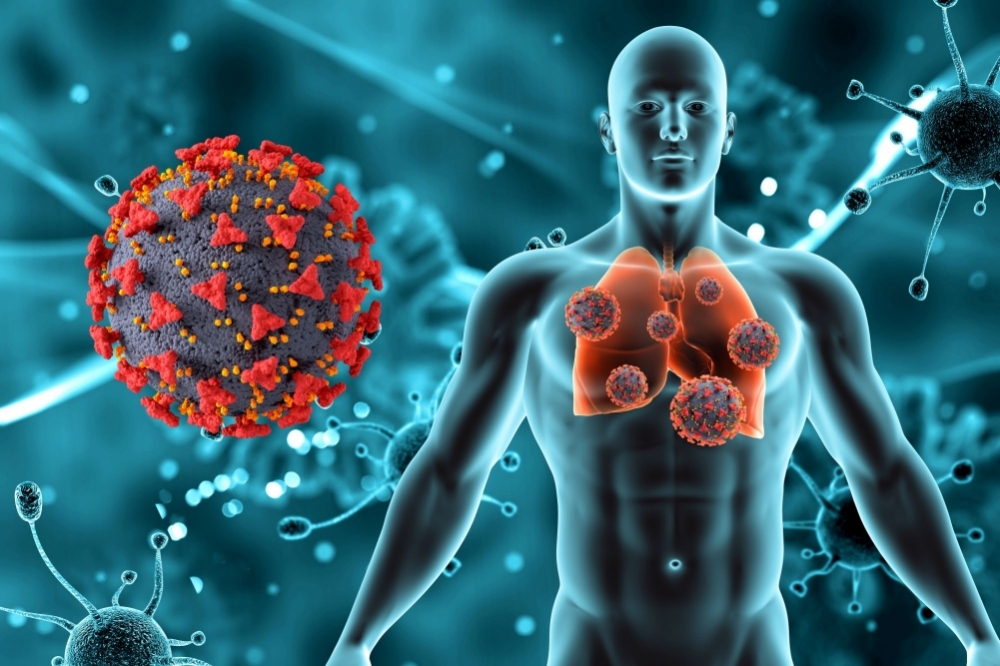
A team affiliated with a FAPESP-supported research center showed in mice that molecules capable of preventing the peptide C5a from binding to its cellular receptor helped prevent lung damage and other complications typical of severe COVID-19.
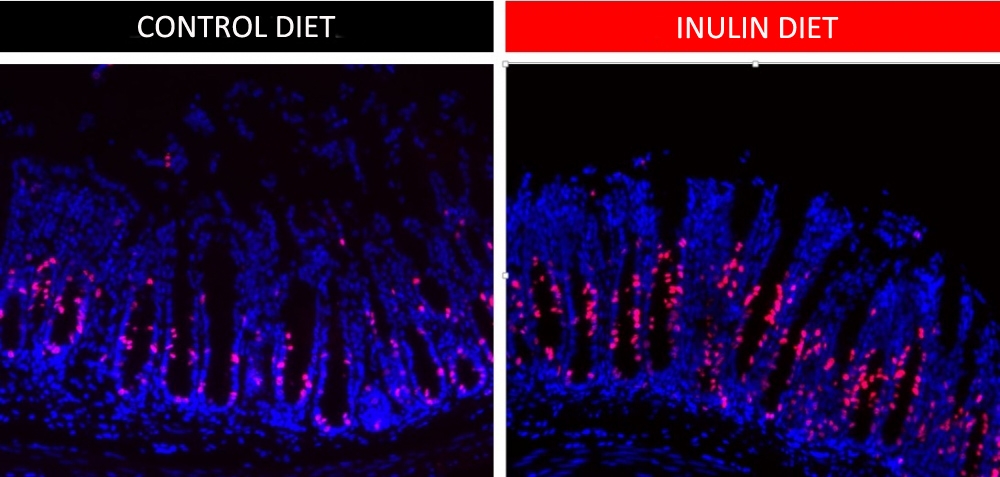
In experiments conducted at the State University of Campinas (Brazil), intestinal epithelial stem cells proliferated more in mice fed an inulin-rich diet than in mice given insoluble fiber. The study also showed that the beneficial effects depended on interaction with gut microbiota.
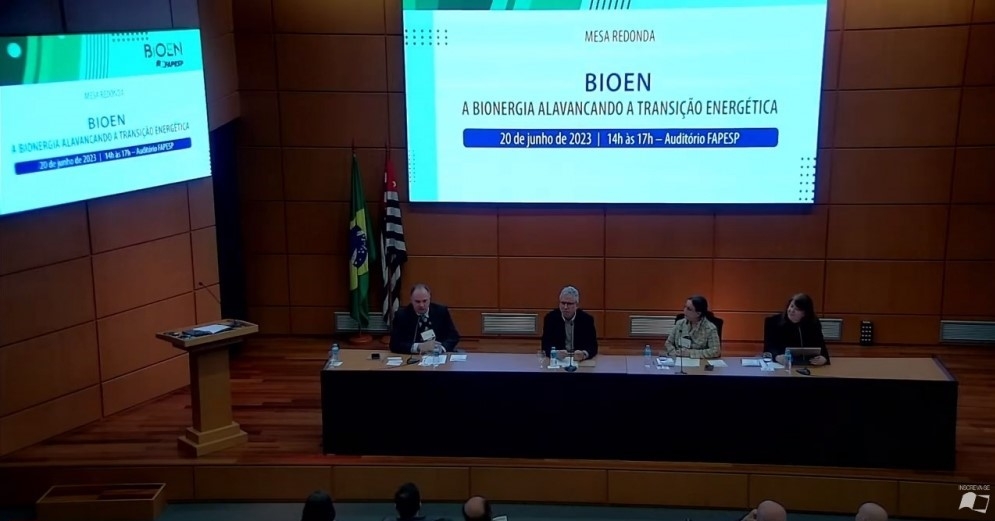
The view was expressed by participants in a discussion on “Bioenergy’s major contribution to the energy transition” organized by the FAPESP Bioenergy Research Program.
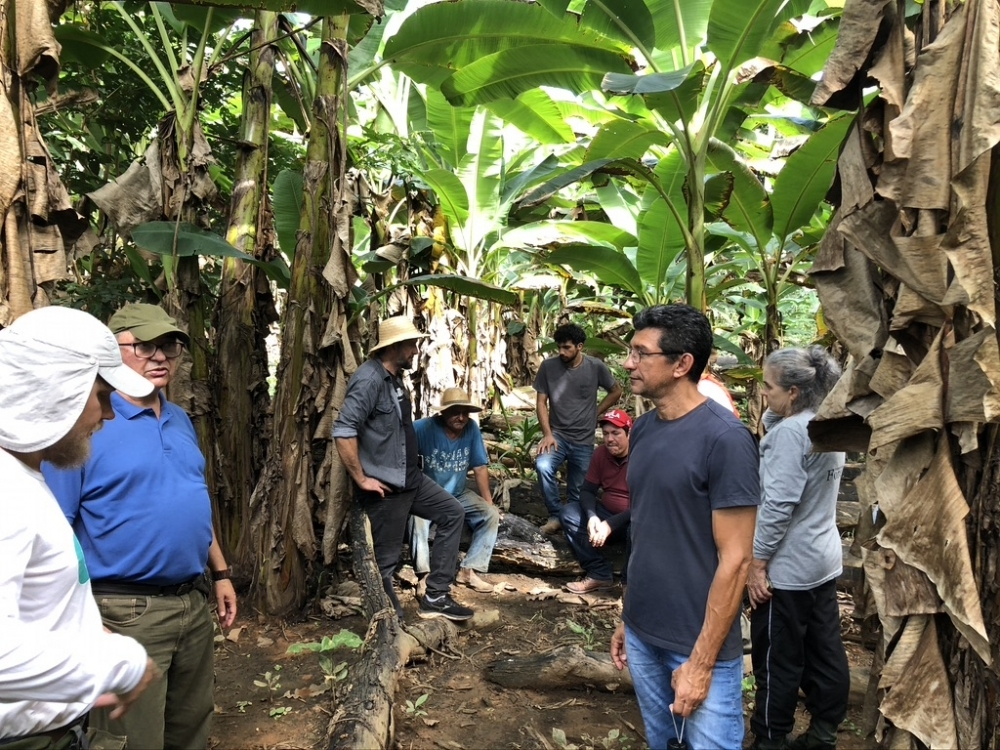
Strategies for reconciling forest conservation and income generation for families living on Chico Mendes Extractive Reserve in Acre state are the focus of a project in which local scientists are collaborating with colleagues from the states of São Paulo and Pará. The project is part of the Amazon+10 Initiative.
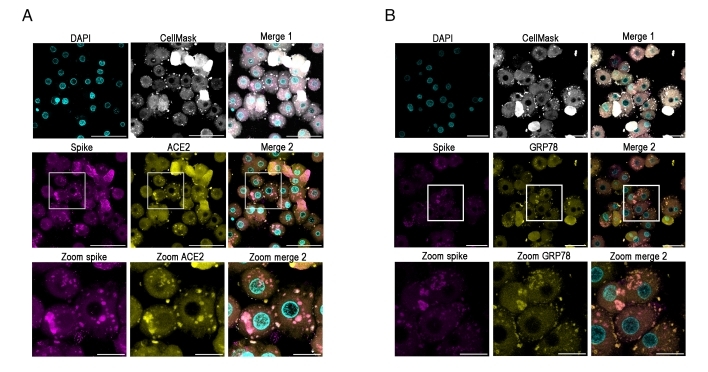
A study conducted at the University of São Paulo and reported in PNAS explains hyperglycemia in hospitalized patients and shows how SARS-CoV-2 causes symptoms similar to those of diabetes.
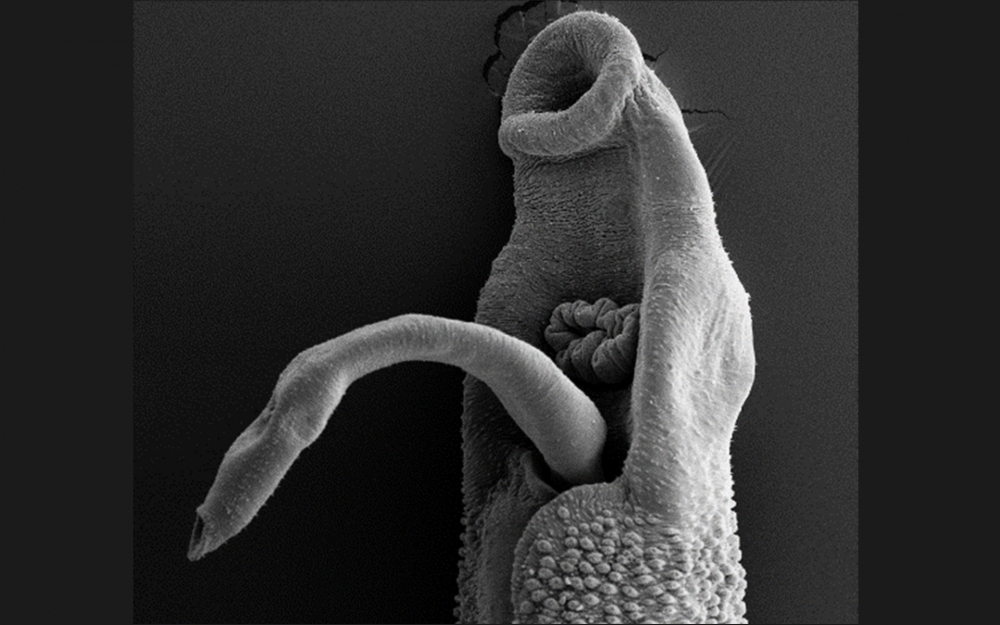
Researchers at Butantan Institute in São Paulo, Brazil, discovered that survival of the parasitic worm that causes the disease depends on expression of a specific type of RNA. In animal trials, inhibition of the molecule interrupted the infection.
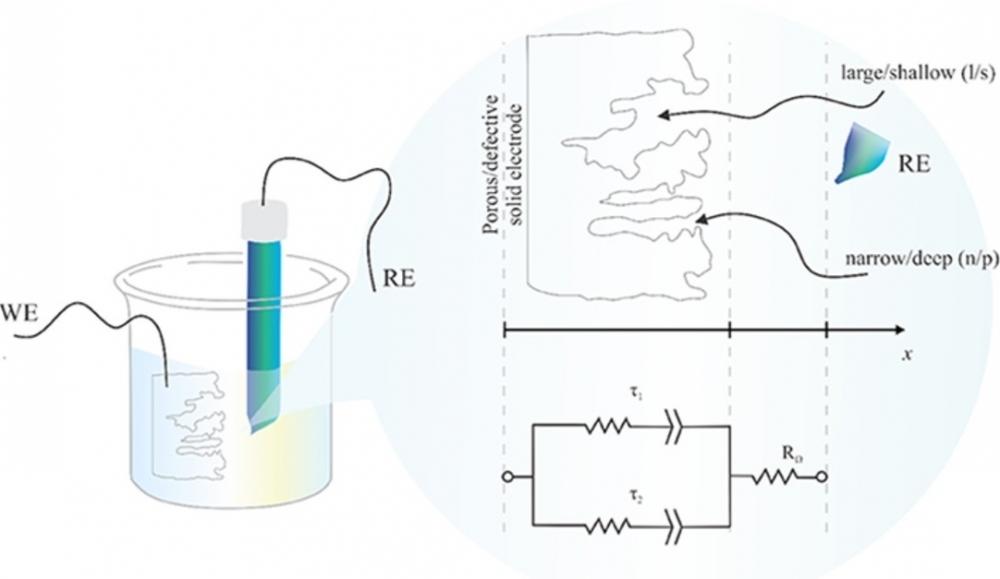
The new model is capable of providing a realistic analysis of the experimental data for a supercapacitor in which internal energy losses are considered.

An article by scientists at the Federal University of São Paulo shows that the South and Southeast of Brazil are the most affected regions, and that Espírito Santo is the state most affected by waves of heat and cold.

The warning was delivered by Marta Vasconcelos, a biologist affiliated with the Portuguese Catholic University, during the third event in the 2023 series of FAPESP Lectures.
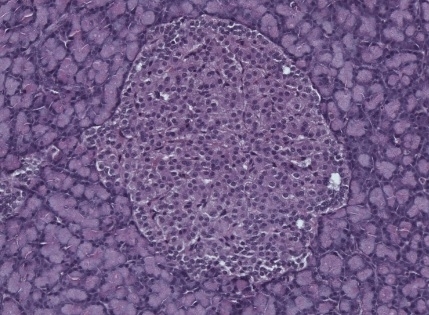
Researchers at the University of São Paulo observed the effects of adiponectin in trials involving blood samples from lean and obese subjects. The discovery points to novel routes to treatment for type 2 diabetes and related dysfunctions.
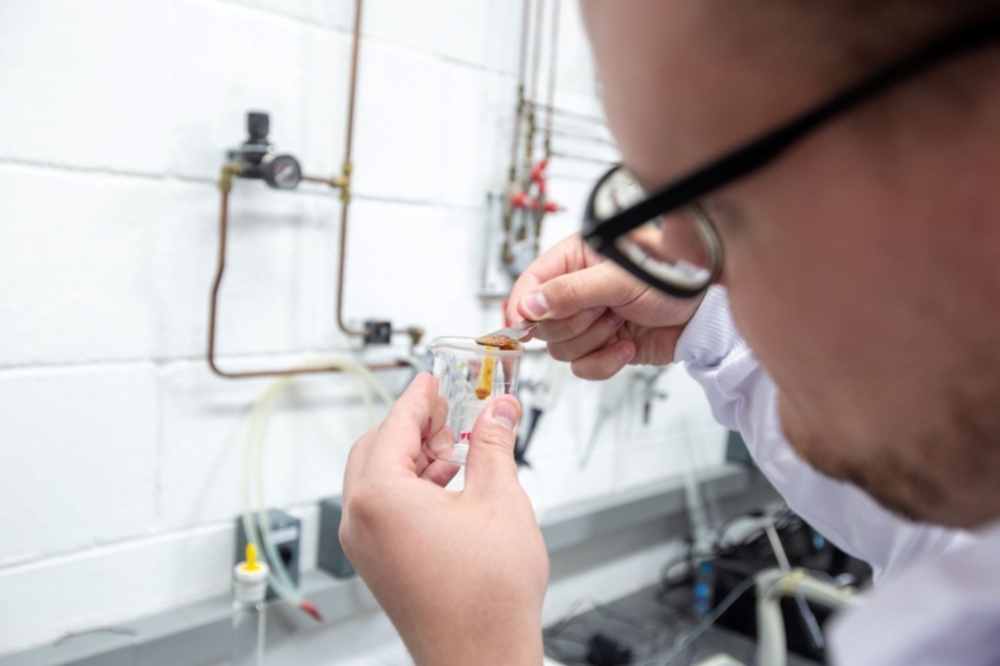
The material was designed by Brazilian researchers and includes a derivative of limonene from citrus rind, blended with chitosan, a biopolymer from exoskeletons of crustaceans.
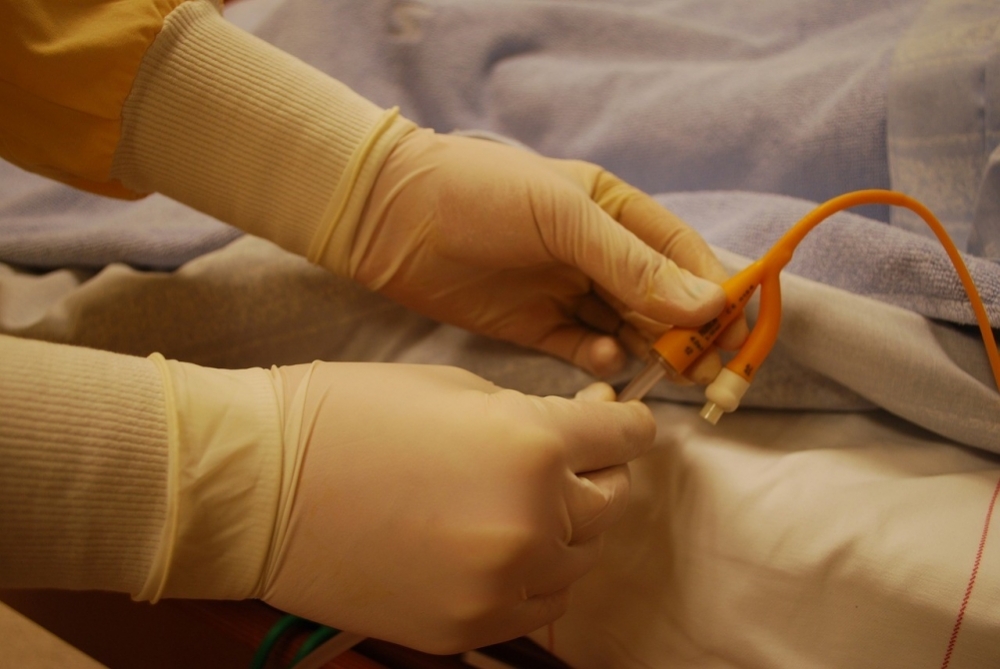
A study conducted at the Federal University of São Paulo shows that 20% of patients with bloodstream infections are not treated, and at least half of those treated die. Diagnostic techniques must improve, the authors warn.
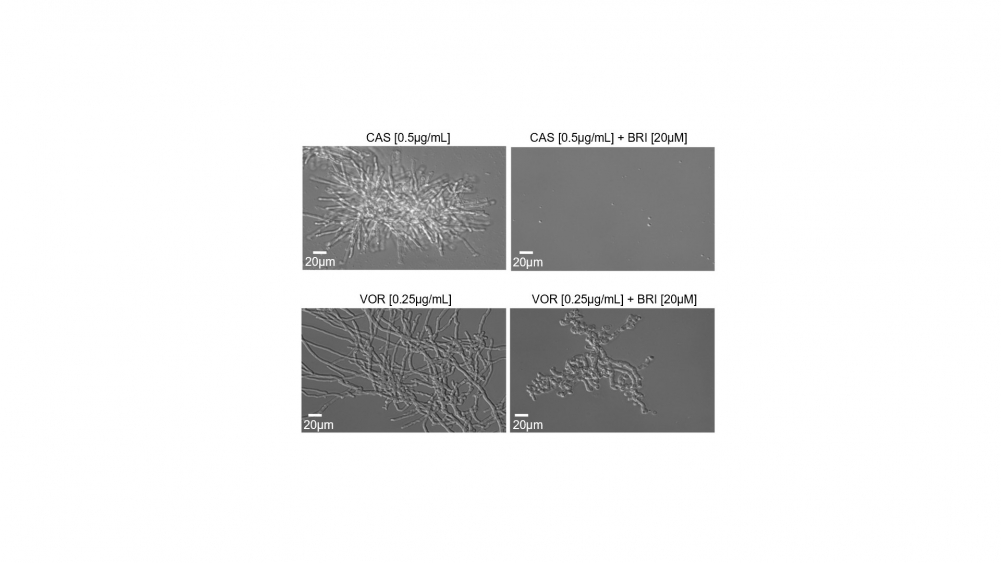
Combinations of antifungals with brilacidin, a drug undergoing clinical trials for other diseases, cleared up lung infections in animals. On its own, the candidate drug treated a fungal disease of the cornea that affects millions of people worldwide.
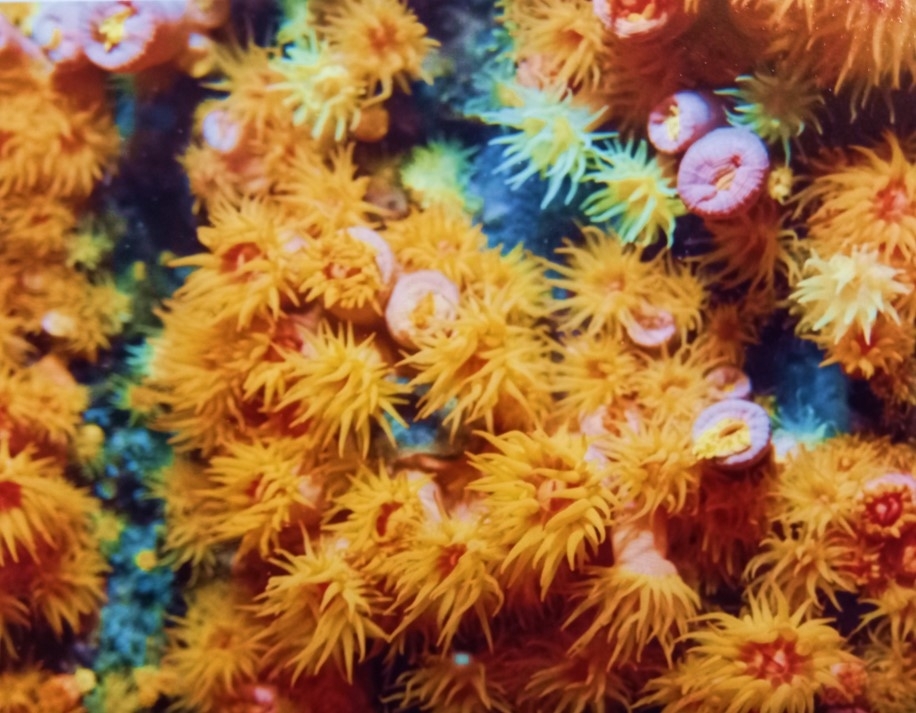
Trials involving mammalian cells were conducted by researchers in São Paulo state, Brazil. Although it endangers biodiversity along much of the coast, sun coral could be an ally in combating Chagas disease, which affects 7 million people worldwide and lacks effective treatment.
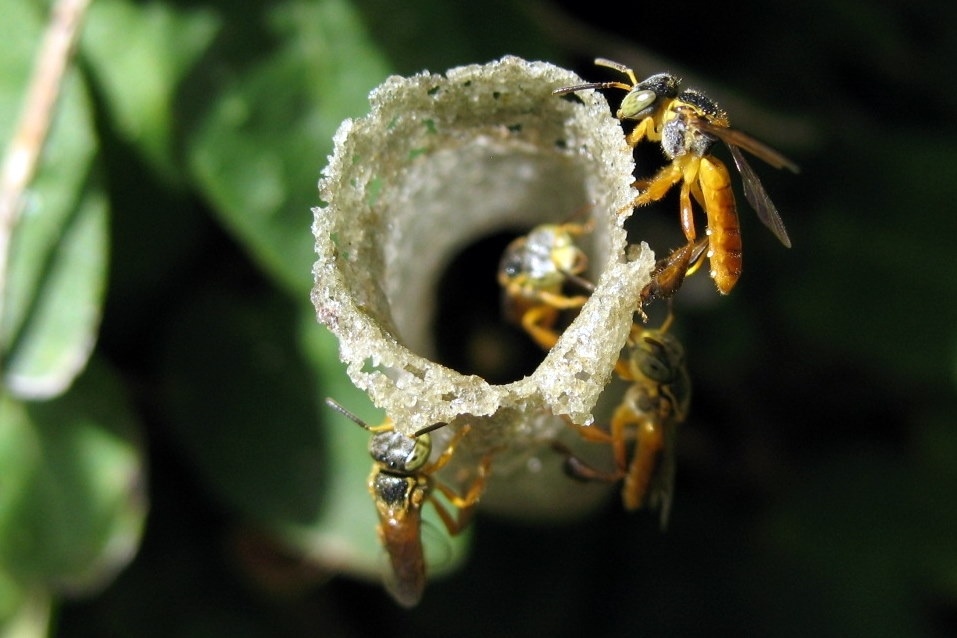
The study by Brazilian researchers showed that the microscopic arachnids rid stingless bee colonies of excessive fungi and serve as food for the larvae of these honey-making insects.
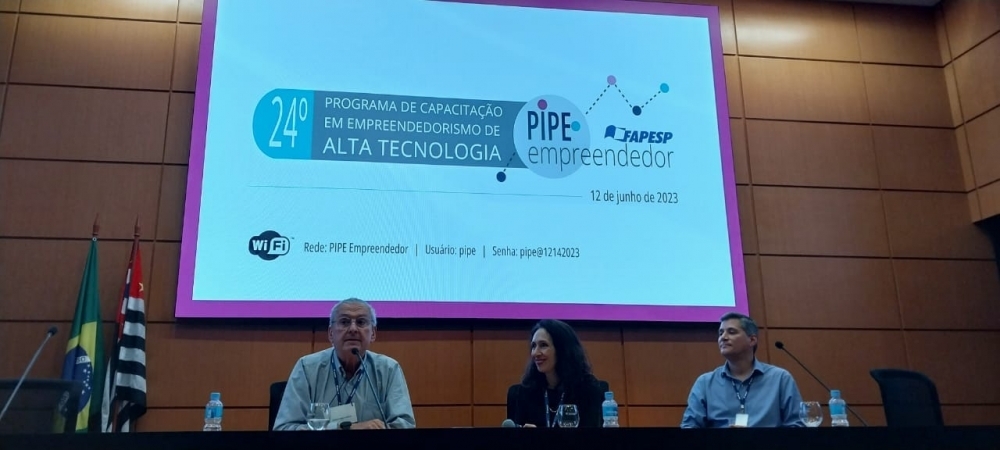
A novel methodology used in the 24th edition of the PIPE High-Tech Entrepreneurial Training Program will guide 21 innovative startups in the process of developing customers and refining their business models, among other competencies.

Experiments involving mice and conducted by Brazilian researchers showed four weeks of training with weights to be sufficient to reverse behavioral and physical alterations characteristic of the disease.
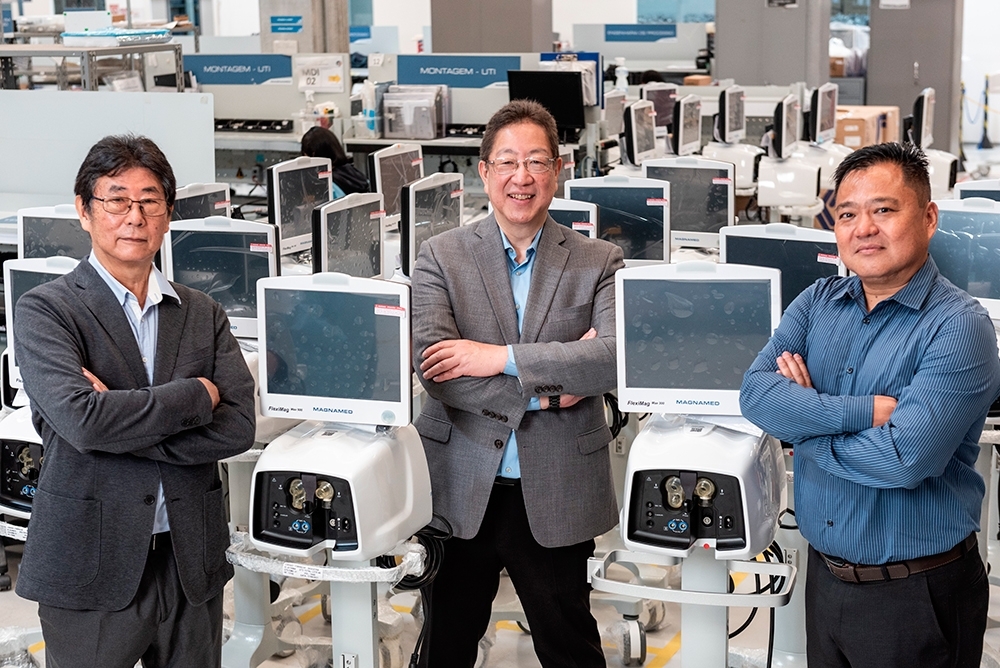
The FDA has authorized Magnamed to operate a plant in Florida that will produce Oxymag, its portable emergency ventilator.

Brazilian researchers analyzed data from MRI scans and various tests to detect biological alterations linked to the neurological symptoms most reported by patients, especially anxiety, depression, sleepiness and fatigue. The latest results were presented to the ninth edition of BRAINN Congress.
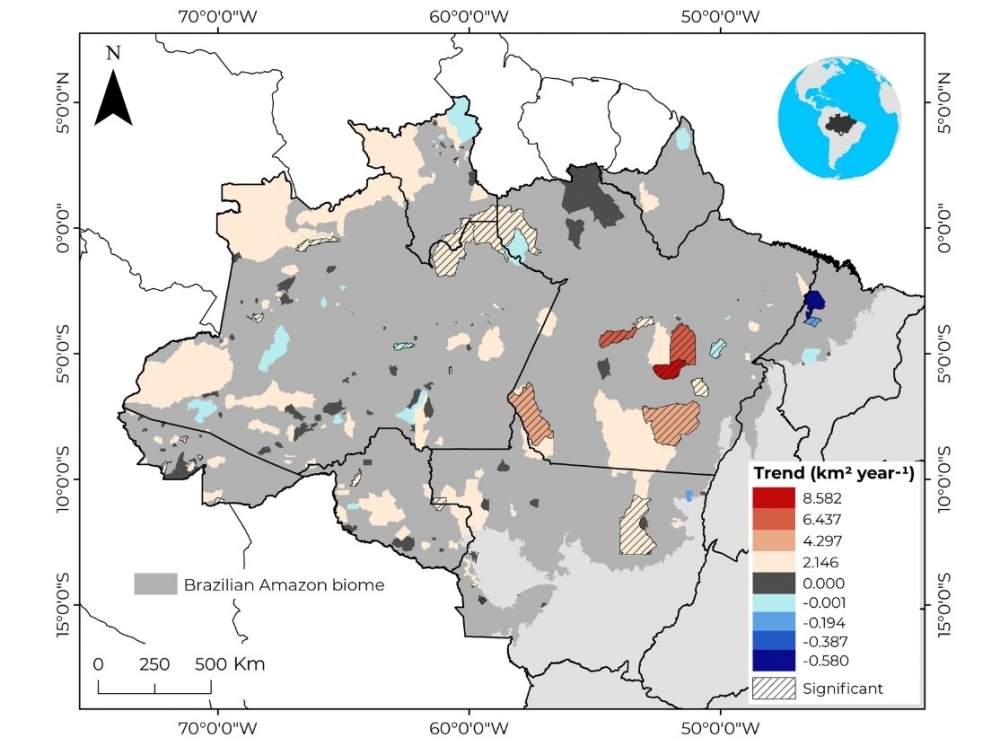
Scientists analyzed data for the period from 232 Indigenous Territories in Brazil. Results published in Scientific Reports show deforestation rates accelerating between 2019 and 2021.

Soon to be officially launched, IPOS is a coalition of 16 research institutions, research funders and universities. Its mission will be to bridge the science-policy divide and help protect the world’s ocean environment.
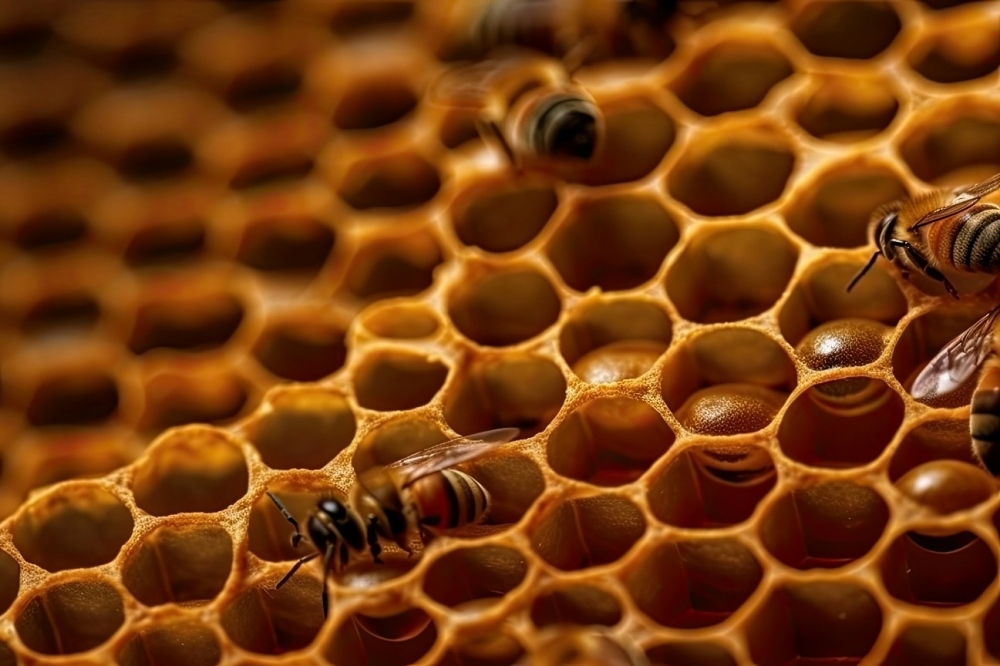
A study of 40 asymptomatic subjects living with HIV conducted at São Paulo State University showed that a daily dose of 500 mg was safe and helped combat premature aging.